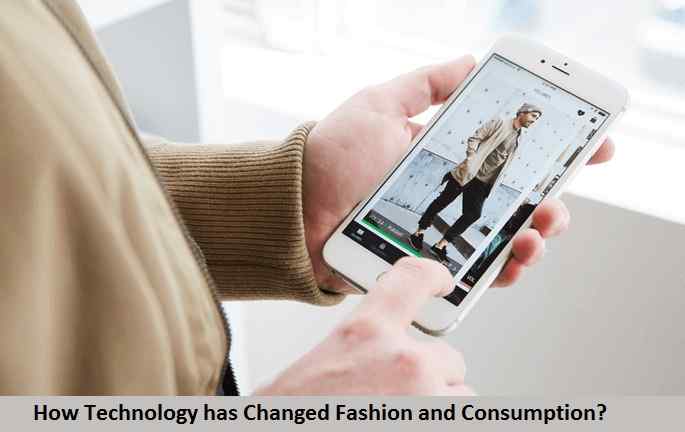When we think of technology, automatically the word “future” comes to mind. The same thing happens in fashion. Both designers, engineers and researchers in these fields translate behavioral trends from five, ten, twenty years ahead, into clothing, accessories, equipment and tools that can facilitate our daily lives and the way we behave, interact and consume.
An example of this is wearables – wearable technologies such as watches, sneakers and t-shirts that can monitor sleep, heartbeat, number of steps, and alert us to emails, messages and other notifications of modern life.

3D printing is not left out; Today we can use this technology in construction, architecture and the fashion market – clothes, shoes and accessories, for example, can now be printed and worn.
Fashion and technology drink from the same source: the future. And when both areas, focused on the new, connect, we can expect big changes. In the global watch industry, the existence of sites such as watchshopping.com is a simple indication of the combination of technology and fashion.
Fashion + technology = more sustainable practices
The textile industry is among the most polluting in the world, so thinking about strategies to help preserve the environment becomes essential. Just making jeans, for example, can use up to 11,000 liters of water.
Given this, Canatiba, a company that has been active in the jeans segment for 40 years, has invested in technology to improve its processes and make them more sustainable. This type of innovation provided up to 99% water savings during denim dyeing – the fabric used to make jeans – as well as fiber recycling during the production process and the use of the same.
Some software developers for the fashion industry have also been investing in technologies that reduce waste within the textile industry. The solution is based on the use of a virtual sketch for model approval, anticipating steps in the process of developing a collection and allowing closer visualization.
Also Read: Ways Custom Printing Can Grow Your Business
Easy online shopping
Many people stop buying online because they don’t know if the clothes will fit. Seeking to solve this problem, Sizebay has created a virtual fitting room where the customer reports weight, age and height and automatically the algorithms compare this data to product measurements and deliver the best choice to the user, making the shopping experience more enjoyable.
The bureaucracy with the exchange of products, especially on the internet, is also often the justification for reducing online consumption. But technology can facilitate this process. The customer can choose the nearest return point, receive refunds or gift cards and solve their problem more quickly, without going through bureaucratic processes.
The connection between brands and influencers
Another point where technology emerges as a solution for the fashion industry is the ease of adding value to the brand, especially in social networks. The opinion of influencers and creators about products influences a lot at the time of shopping.
Companies have realized this and are contacting these people for partnerships and marketing efforts. However, this process is not so simple and this as an opportunity: how to make the connection between brands and influencers faster and easier?